Thomas Hörnfeldt, VP of Sustainable Business at SSAB spoke to Nick Holt and Daniel Harrison of AMS on the survey findings. Do terminological issues serve as barriers to sustainable steel?

With steel currently making up about 55 percent of the average vehicle according to the American Iron and Steel institute, and automotive manufacturing being responsible for nearly 10 percent of all global industrial CO2 emissions according to Greenpeace, reducing the carbon footprint of steel in vehicle production is recognised as central to achieving net global sustainability goals. What isn’t as recognised is that the project may be suffering first and foremost, not from a systemic, but a definitional problem. Automotive production must define its terms. Then there are the central issues of recycling - or lack thereof - and the key issue: cost of implementation.
In a recent livestream, Nick Holt, editor of Automotive Manufacturing Solutions (AMS), and Daniel Harrison, AMS automotive analyst, discussed the state of sustainable steel in the automotive industry with Thomas Hörnfeldt, VP of sustainable business at global steel producer, SSAB.

Harrison presented some interesting findings from the collaborative AMS-SSAB Sustainable Steel Automotive Manufacturing Survey 2024. Conducted in March 2024, the survey revealed that 57 percent of respondents are significantly investing in sustainability.
The survey found that the primary objective for sustainability is lowering the carbon footprint, followed by recycling and scrap content, as well as adherence to environmental regulations. But just as these objectives were found to be distributed across a broad spread, Harrison noted the corresponding and widespread lack of a universally accepted definition for “sustainable steel.”
Words and deeds: ‘fossil-free’, ‘green’ or ‘low carbon’ steel?
The survey found that terms like “fossil-free” were recognised but often used interchangeably with other terms like “green steel” and “low-carbon steel” - a problem lying at the base of carbon reduction efforts.

Such ambiguity obviously complicates communication and adoption across the industry. Interestingly, “fossil free processed” was found to be the most recognised term across automotive.
Recycling, despite its potential, has limited adoption. Over half of the respondents either had no engagement with recycling or lacked knowledge about it. Only 23 percent had set a target year (2030) for achieving recycled content in their steel. Another 46 percent had no agreements for recycled steel, indicating a substantial gap in industrial recycling practices. Harrison emphasised that cost remains the biggest challenge, with 74 percent of respondents identifying it as a major issue. The limited availability of suppliers and the confusion over green steel definitions compound this problem.
For a more comprehensive analysis of these issues, you can access the full report by clicking the image:
Thomas Hörnfeldt, Vice President of Sustainable Business at SSAB, joined the discussion to share his insights. He acknowledged the lack of a universally accepted definition for sustainable steel but highlighted SSAB’s commitment to emission-free steel production despite this seeming definitional gap. Hörnfeldt pointed out that SSAB aims for transparency, essentially focusing on products made without CO2 emissions. The industry is shifting towards sustainability, driven by regulations like the European Carbon Border Adjustment Mechanism (CBAM) which encourages non-European suppliers to reduce emissions. CBAM aims to prevent ‘carbon leakage’ - where companies might move production to countries with lax emissions regulations - encouraging global manufacturers to embrace greener practices.

The quality and quantity of sustainable steel
Hörnfeldt also addressed concerns about the quality of sustainable steel. He reassured that sustainable steel retains the same properties as conventional steel, regardless of the source of electricity or fuels used in its production. The rigorous approval processes for automotive manufacturers ensure the performance of sustainable steel matches traditional standards.
Recycling was another critical topic. Hörnfeldt expressed surprise at the survey’s findings, noting that recycled steel is a valuable resource. He stressed the importance of efficient sorting at the source and the role of circular economy practices in enhancing recycling. End-of-life sorting of vehicles, especially EVs, presents opportunities to improve recycling and reduce contamination in steel scrap.
The cost of doing nothing
Cost was a central theme, with Hörnfeldt acknowledging the current premium on sustainable steel due to limited supply and high demand. However, he highlighted the increasing cost of CO2 emissions and the anticipated rise in conventional steel prices, but with a qualification.
“Today,” he said, “sustainable steel, green steel, or emission-free steel - whichever term you prefer - remains a premium product due to limited supply, yet demand is steadily rising, especially in the automotive sector where the carbon footprint of materials is increasingly critical, particularly with the shift away from internal combustion engines.
Sustainable steel is expected to significantly reduce the automotive sector’s environmental footprint with increasing demand and regulatory support
“The question becomes: what are the costs of inaction? For European steelmakers, with current emission trading and the forthcoming carbon border adjustment mechanism (CBAM), costs for conventional steel production will rise sharply. This means that in the medium term, producing steel without CO2 emissions may not be more expensive, or could even be cheaper, compared to traditional methods, due to the escalating costs of emissions.”
SSAB’s long-term strategy includes scaling up production to meet the growing demand for emission-free steel, indicating a positive shift towards cost parity with conventional steel in the future. And what does the future hold for sustainable steel practices in automotive? SSAB made the decision to scale up emission-free steel production in 2019. With increasing demand and regulatory support, sustainable steel is set to play a crucial role in the automotive sector’s efforts to reduce its environmental footprint, according to Hörnfeldt.
For those interested in delving deeper into the survey results and SSAB’s sustainable initiatives, the full report is available for download here.





























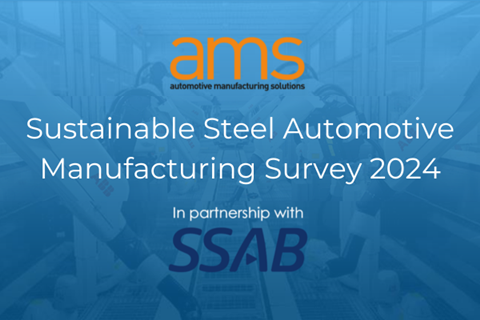
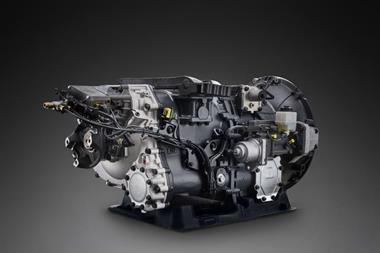

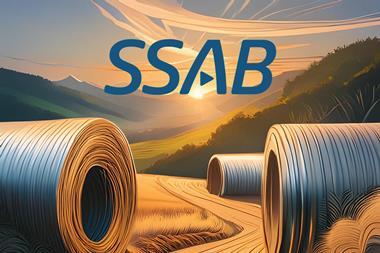
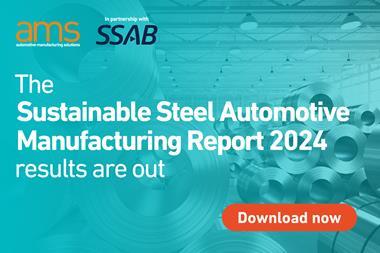

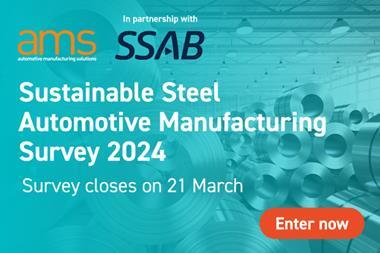

No comments yet